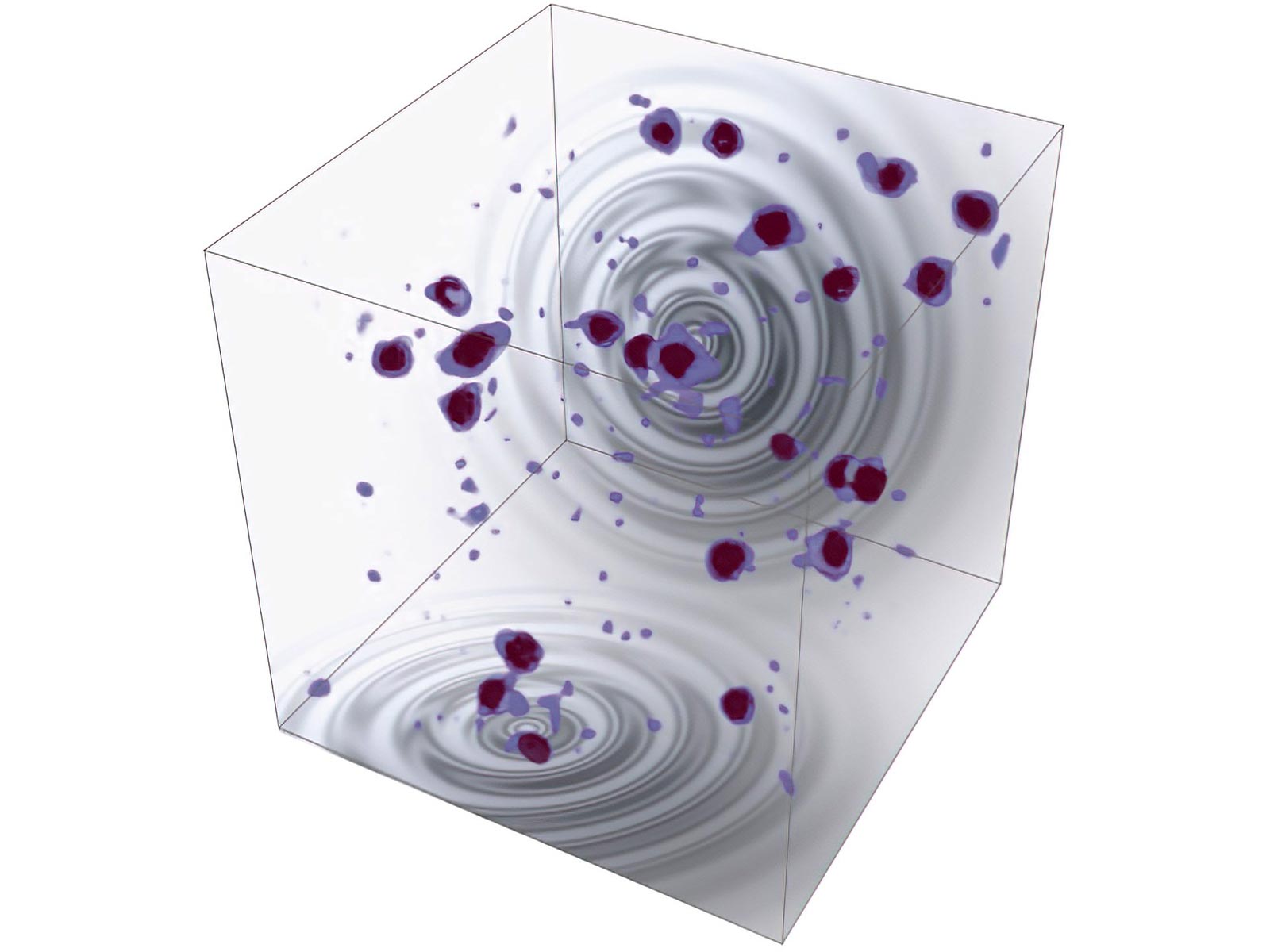Connect with us
Published
2 weeks agoon
By
admin
A recent study published in Physical Review Letters reveals a new mechanism for generating gravitational waves through oscillons—localized, non-linear structures formed from oscillating fields during the early Universe’s inflationary period. Following the rapid expansion after the Big Bang, the inflaton field fragments into solitonic “lumps,” resulting in the formation of oscillons. These structures, which oscillate at high frequencies and can persist for extended periods, eventually decay, producing detectable gravitational waves. The research, conducted by Kaloian D. Lozanov and Volodymyr Takhistov at the Kavli Institute for the Physics and Mathematics of the Universe, included simulations demonstrating that oscillons indeed exist in the early Universe and can generate significant gravitational waves. This discovery provides a novel approach to studying the dynamics of the early Universe, offering insights beyond conventional observations like cosmic microwave background radiation. As advancements in gravitational wave detectors and computational resources continue, this finding marks a promising avenue for exploring fundamental questions in cosmology, potentially revealing more about the Universe’s earliest moments. The study’s findings may open new investigative paths into the mechanisms governing the Universe’s evolution.


















